Electrophotography Object View
A paper support is most common, typically a smooth uncoated paper or a smooth cast coated paper. Desktop and office printers use standard uncoated office/copier paper. Coated papers are occasionally used in desktop and office printers and are often used in digital presses to give the print a glossier surface and produce better image quality. Early digital presses required special, proprietary coatings that tended to yellow. More recently made presses can handle a wider range of materials and coatings with cast coated paper being the most common. Other, less common supports include cellulose acetate for transparencies and slides (used instead of polyester due to heat resistance), T-shirt transfer material, metal, and adhesive labels.
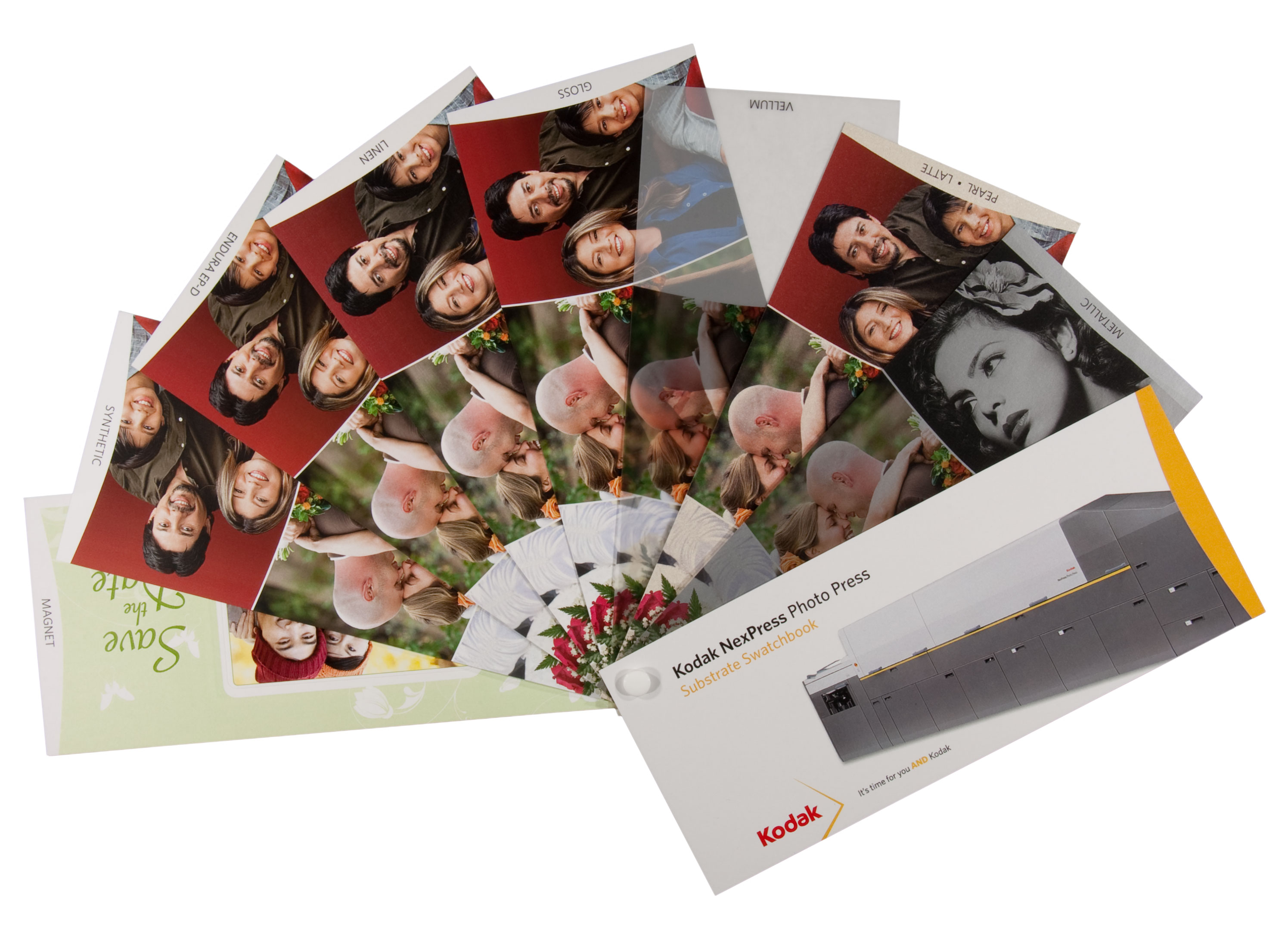
While plain paper is a common support, current digital presses can print on a variety of coated papers with different surface characteristics as well as non-paper supports.
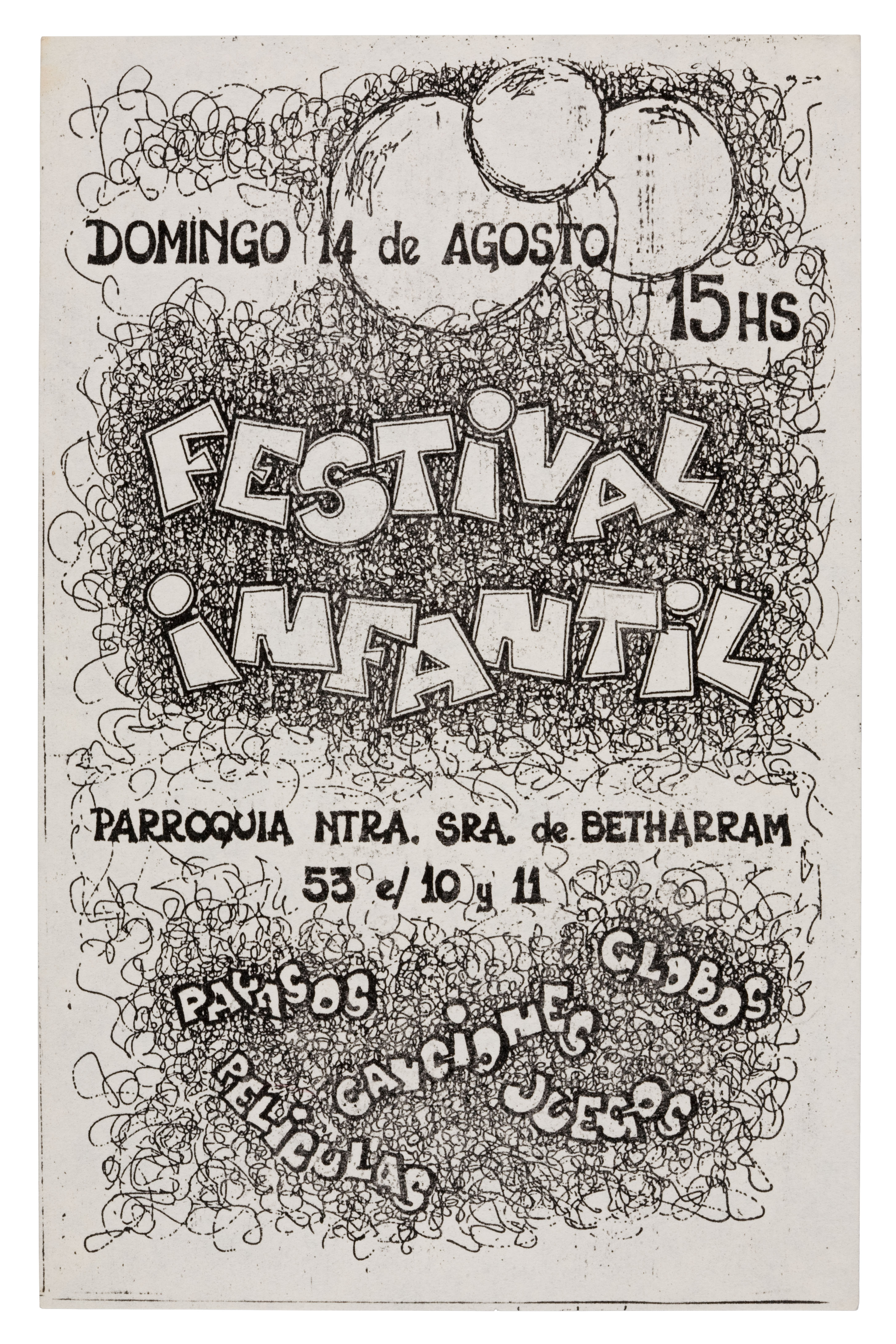
This is a black and white analog EP (photocopy) print.
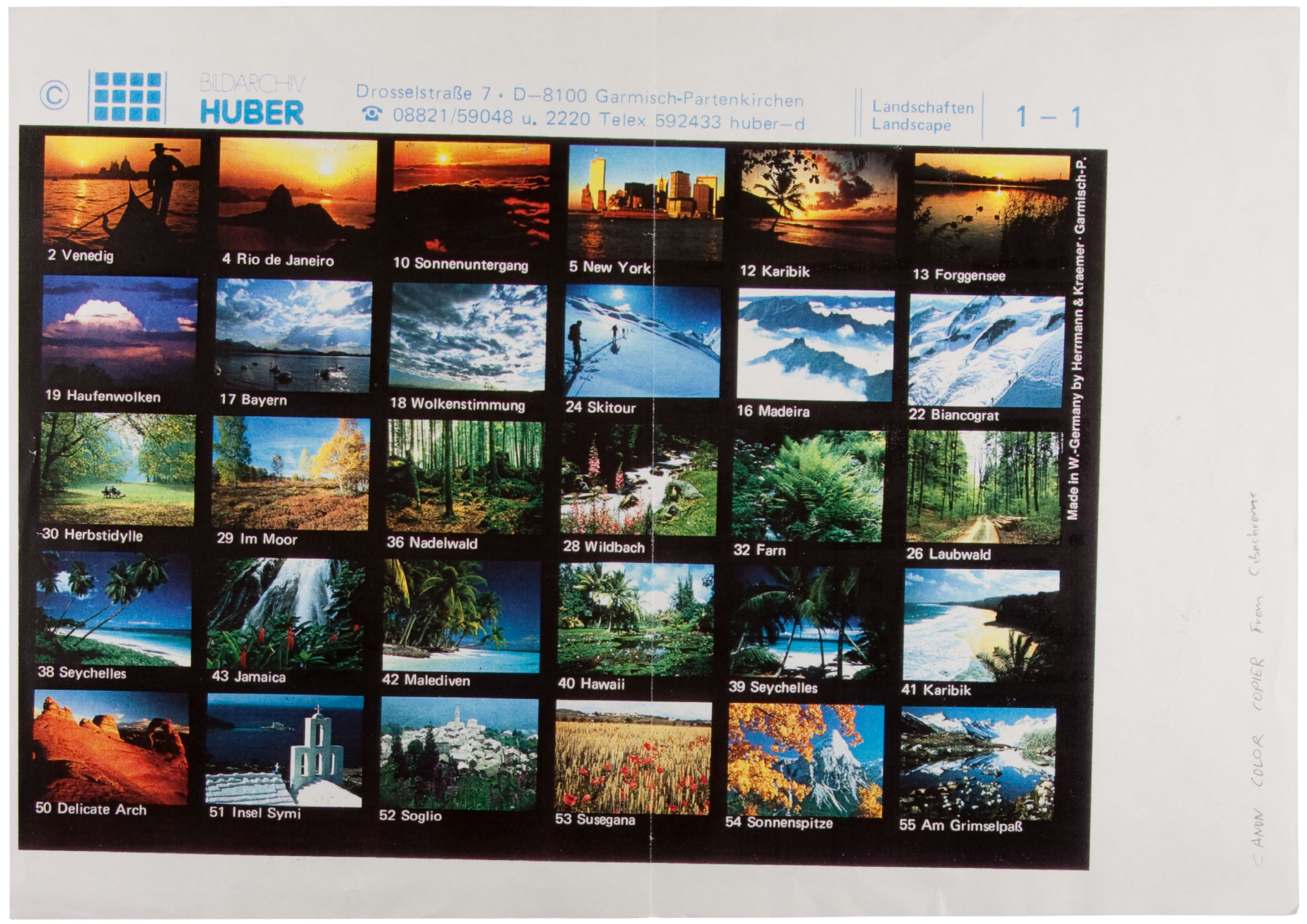
Shown here is a four color EP copy (color photocopy) of a photographic print.
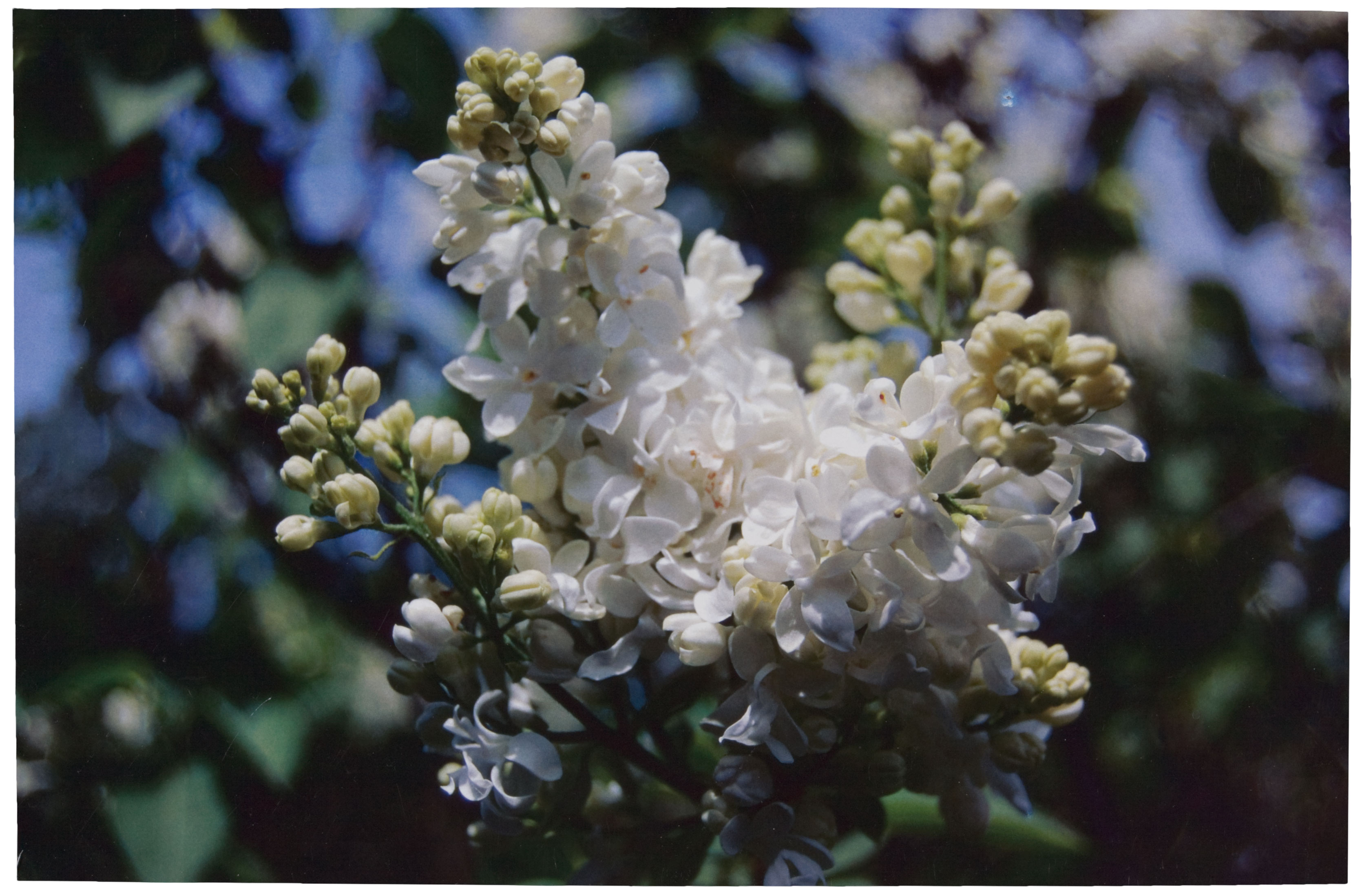
This print was made using a desktop laser EP printer using dry toner. The image has photographic quality.
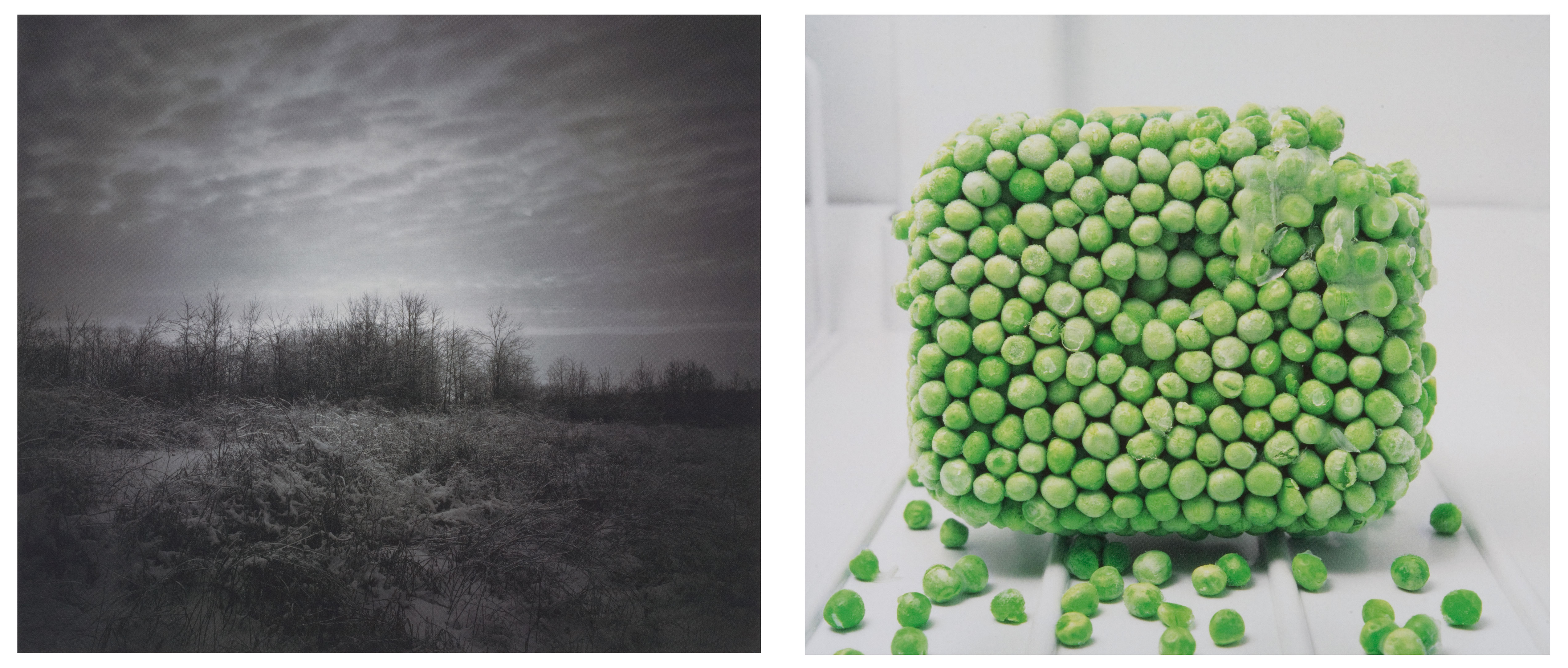
Theses prints were both made using a four-color digital press with liquid toner. Both images were made using cyan, magenta, yellow, and black toner.
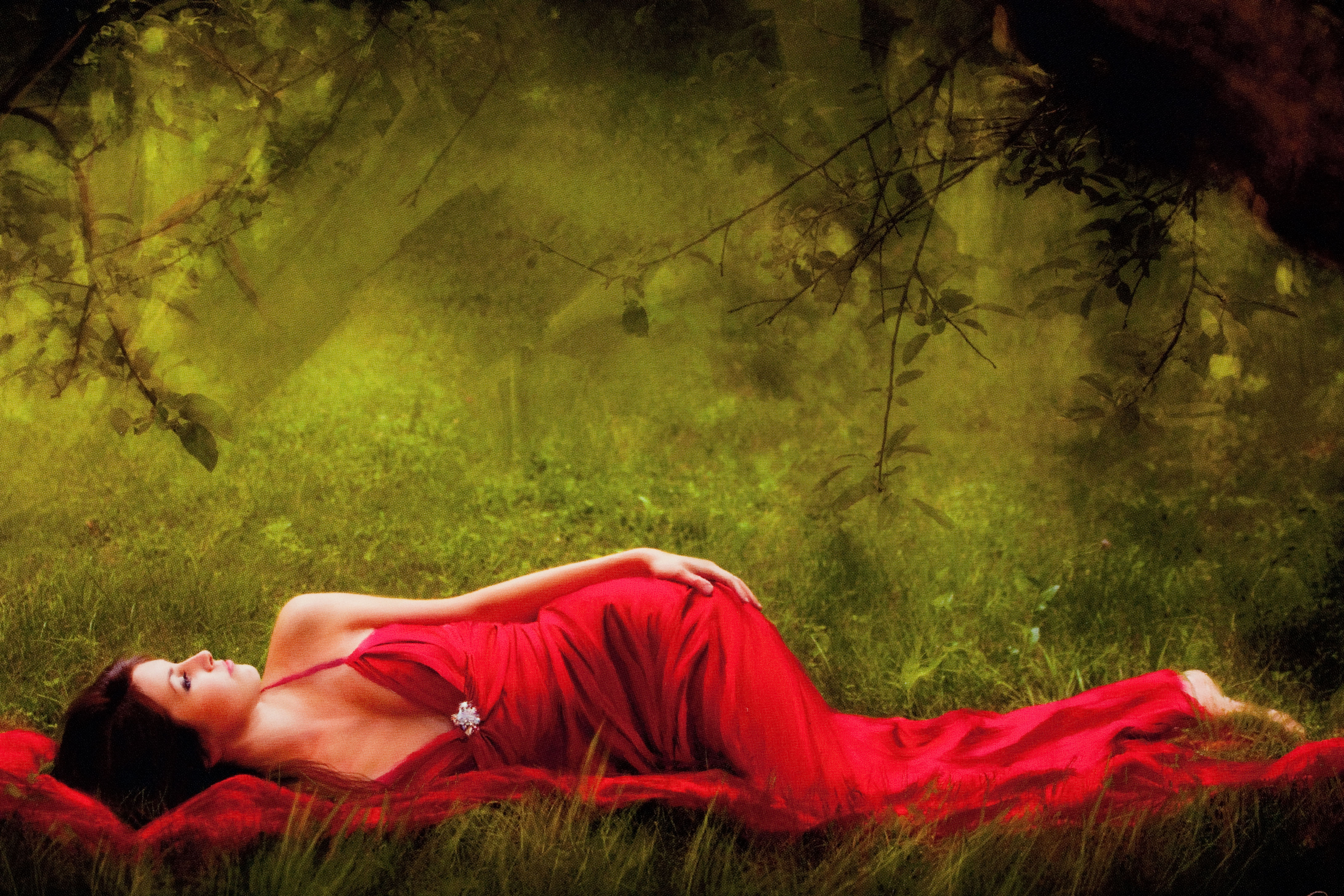
This sample print was made to advertise a digital press. The image is relatively low quality and the tonal transitions are poor.
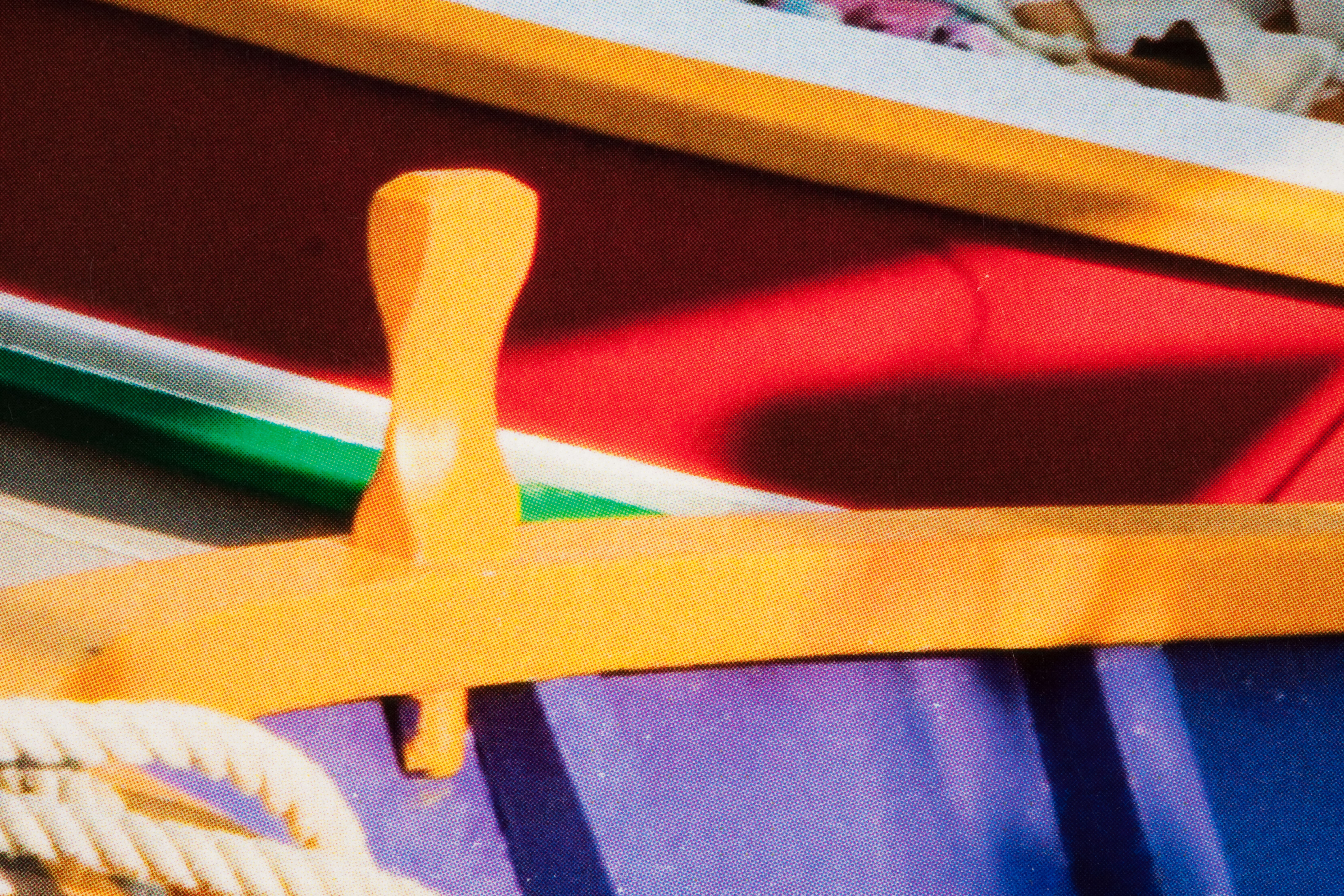
The rosette pattern of dots is visible in this print made using a digital press.
The most common uses of electrophotography are office printing and copying, and beginning in the early 1990s, high speed, high print run commercial printing and print-on-demand using digital presses. As a result, formats and uses can vary widely. Prints made from desktop and office printers and copiers primarily include copied or printed documents with or without images in standard paper sizes used for copiers (A4; A3, U.S. letter, legal, ledger). Artists used analog electrophotographic printers/copiers in the 1960s-1980s. Objects made with digital presses include books with or without images, business cards, artist prints, greeting cards, fliers, brochures, and more. The maximum print size available for digital presses is 13 x 19 inches (33 x 48 cm).
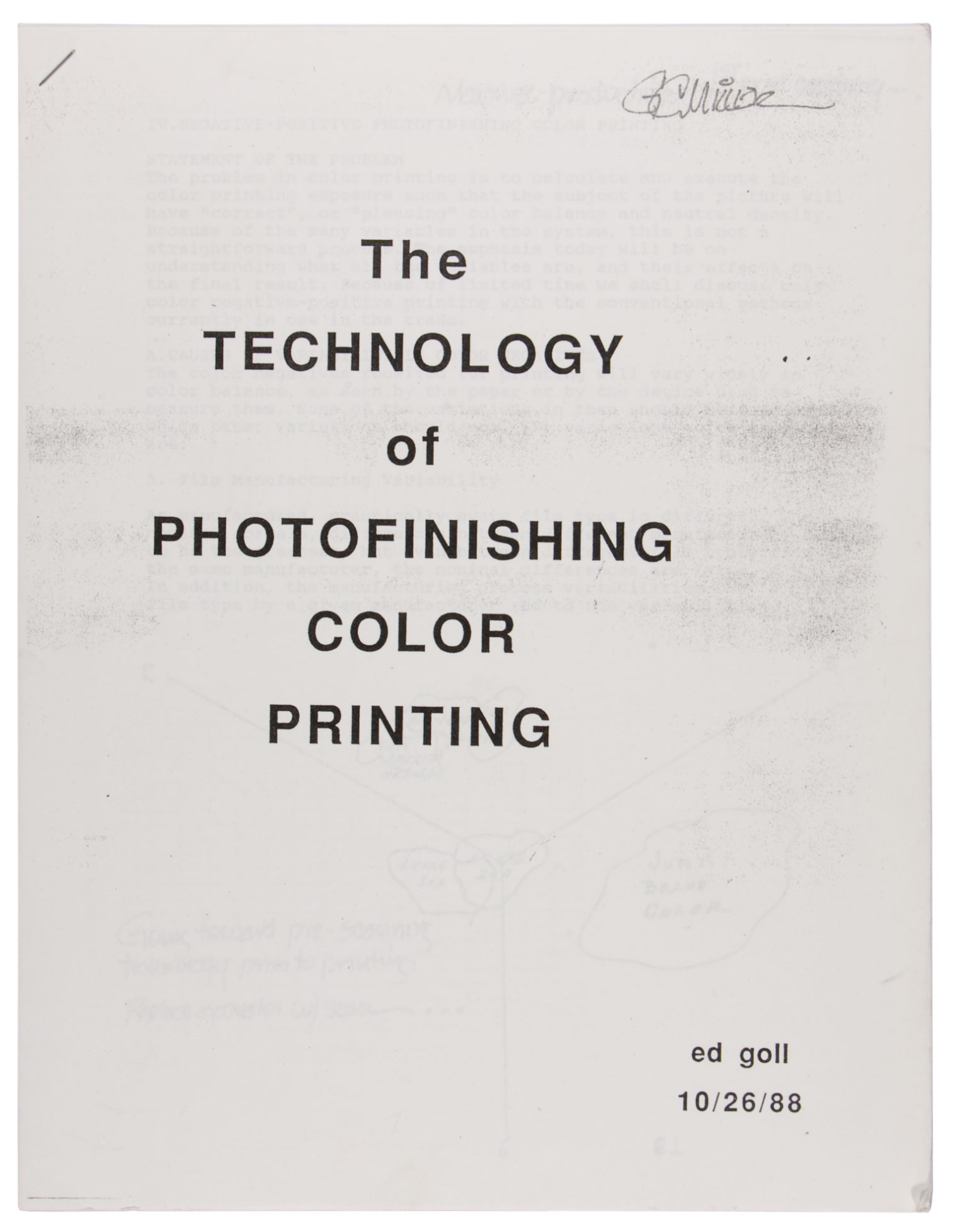
The most common use of eletrophotography is to produce copies of documents.
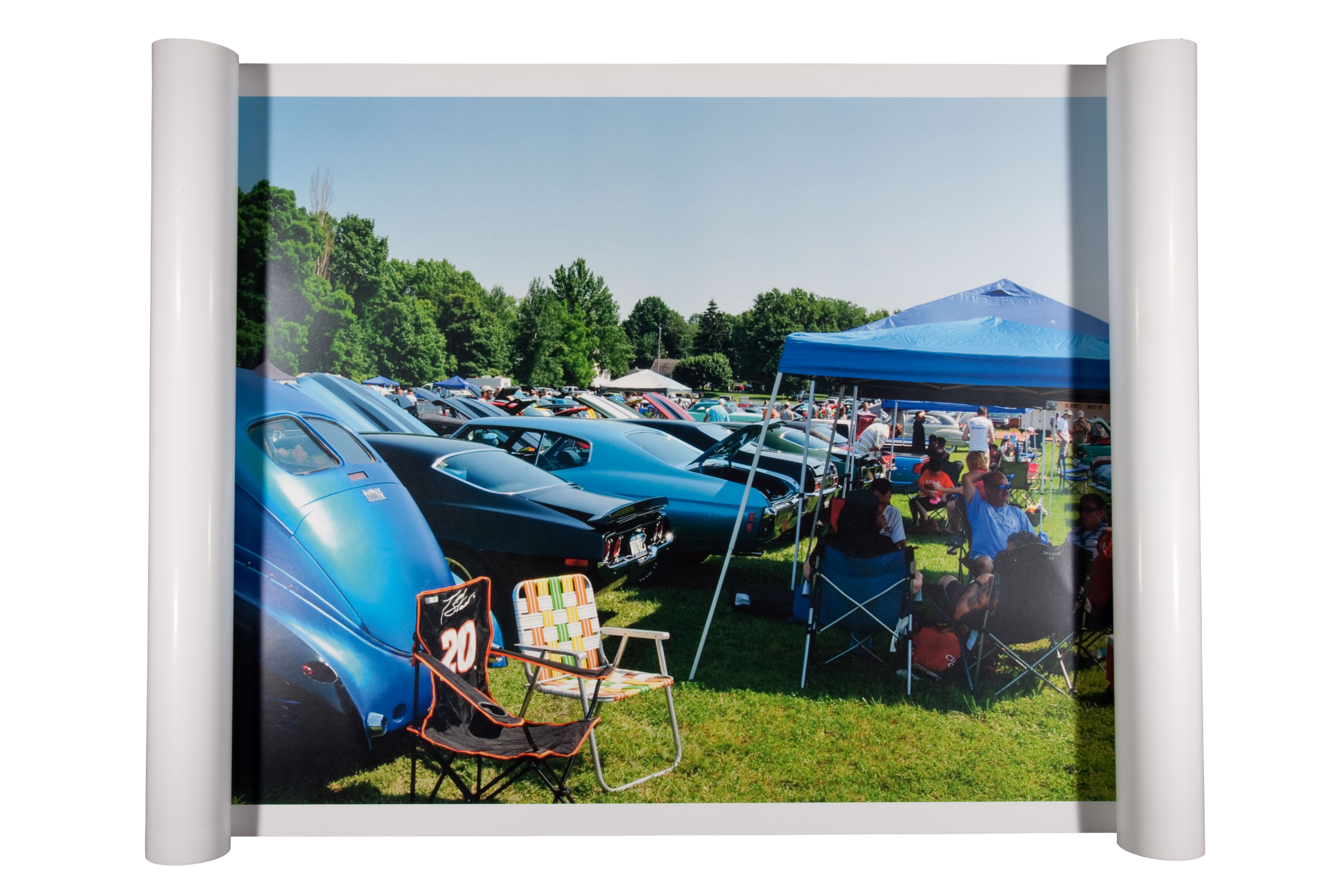
Digital presses can print large, high-quality photographic images. This panorama is about 12 inches tall and 5 feet long.
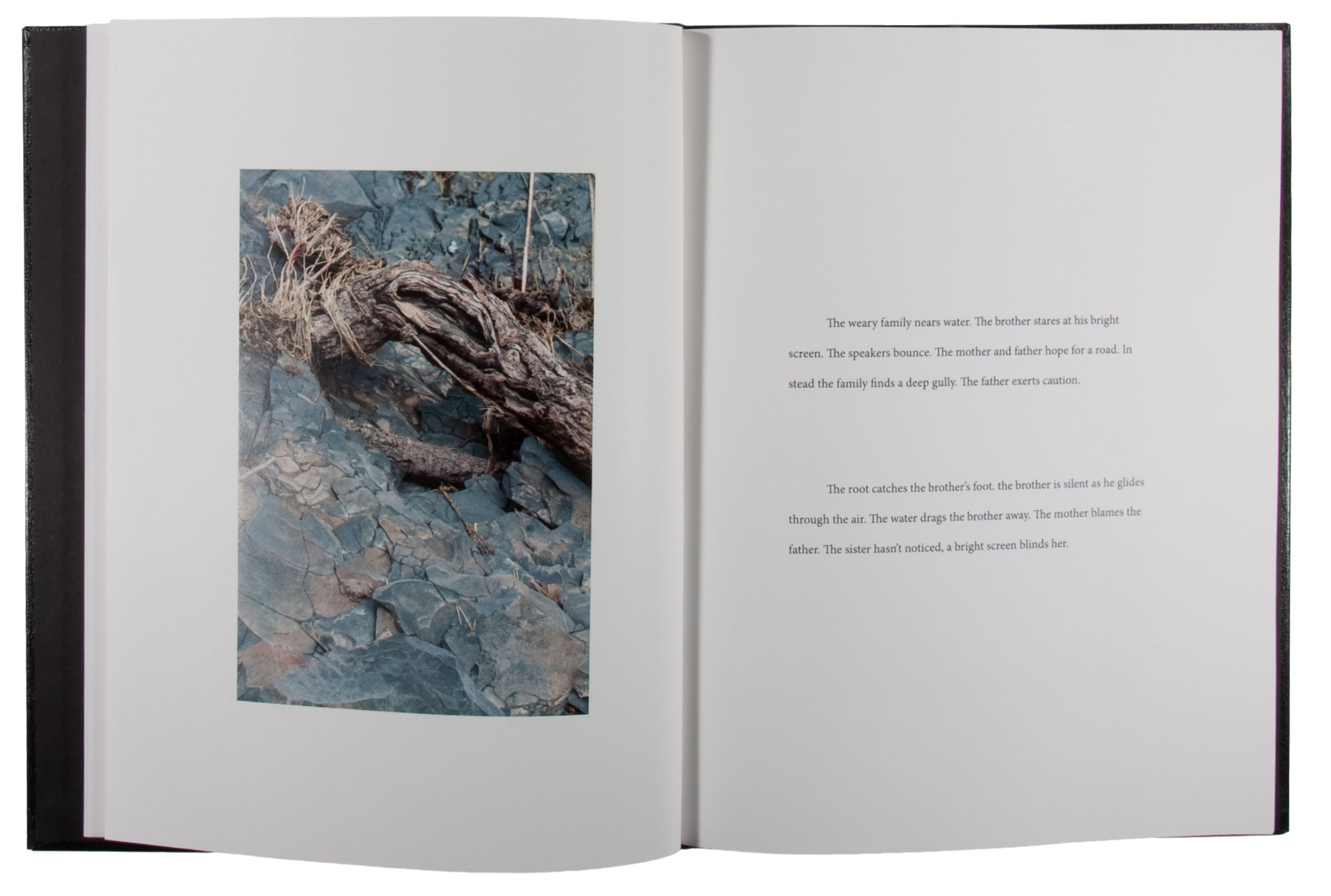
Print-on-demand books are usually printed on digital presses.
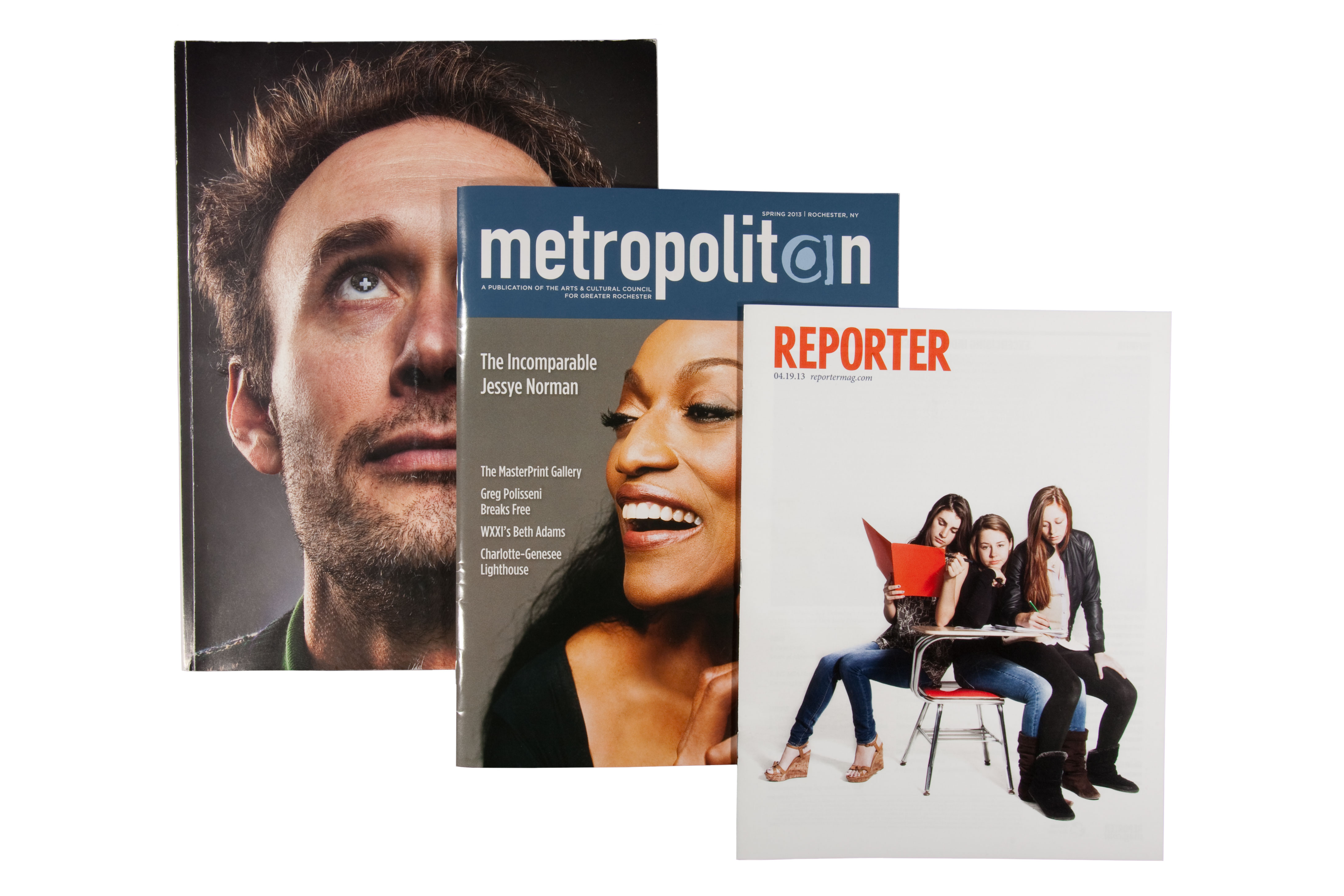
Digital presses are used to make high run printed objects like magazines.
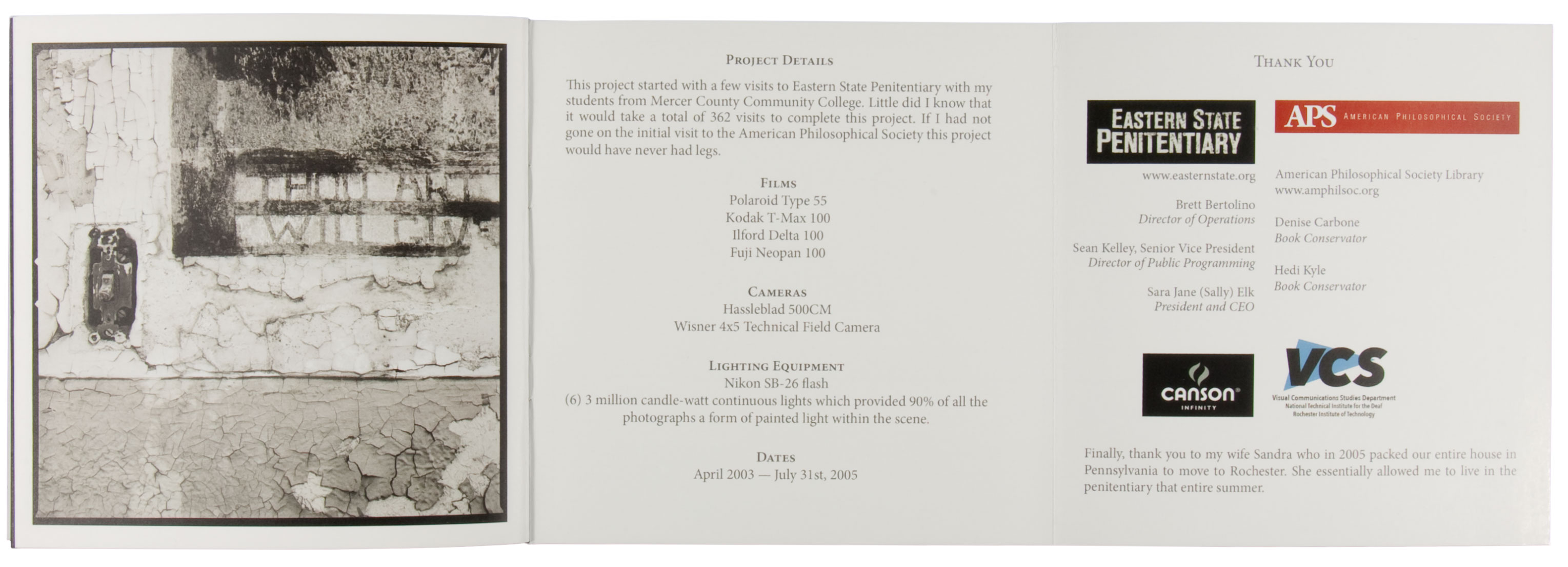
Digital presses are used to make high run printed objects like booklets. This booklet is for a past exhibition by RIT professor Eric Kunsman.
Prints made with digital presses are sometimes coated after printing in order to protect the print from abrasion and to give uniform gloss. The Kodak Nexpress has a process called digital glossing in which un-pigmented toner is applied overall, resulting in a clear resin layer. Hewlett Packard’s Indigo press has a coating process in which acrylates are added to the toner solvent and are polymerized when exposed to ultraviolet light in a final printing step resulting in an overall layer of plastic. (See Surface View)
Electrophotography was used primarily for office copying and printing and more recently for print-on-demand as well as large run printing. Prints often have text, also printed with electrophotography, as part of the object.